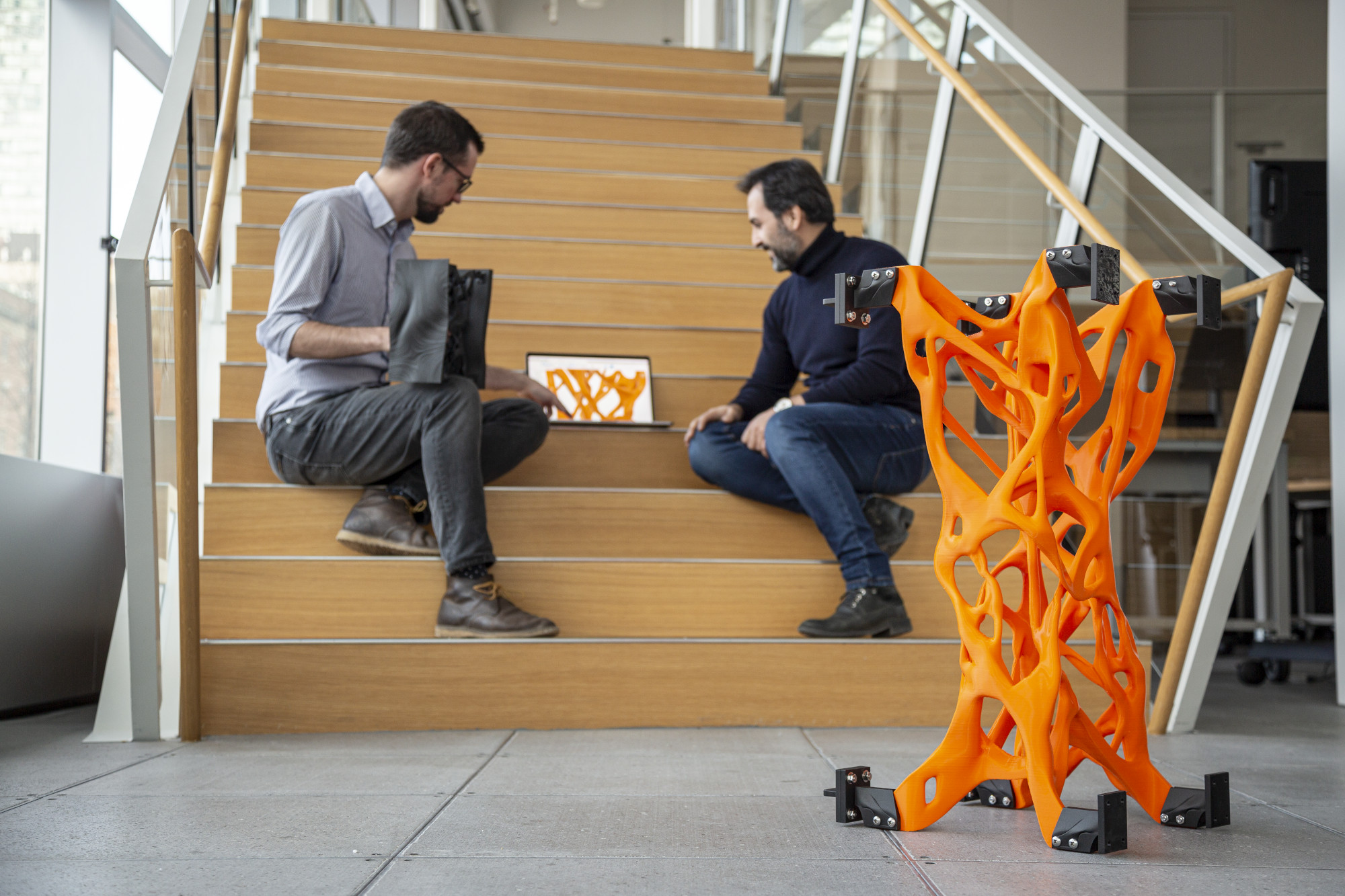& Construction

Integrated BIM tools, including Revit, AutoCAD, and Civil 3D
& Manufacturing

Professional CAD/CAM tools built on Inventor and AutoCAD
3 min read

Connecting your entire organization makes good sense for any business, and fabrication shops are no exception. Managers are more effective when they can see all operations, from design to distribution, in one system. This leads to faster decision-making, more efficient processing and fewer mistakes. That’s why more and more manufacturing companies are connecting their manufacturing solutions to enterprise resource planning (ERP) applications.

Pre-manufacturing vs. post-manufacturing
One of the biggest problems that arise when fabrication solutions are not connected to ERP software is mismanagement of materials.
Inside-ERP notes that a good ERP application can effectively manage raw materials, product inventory and order fulfillment throughout the pre-manufacturing and post-manufacturing stages. This optimizes your materials usage by ensuring that the right amount of raw materials is used to fill every order.
ERP solutions make communication easier because everybody is talking to everybody. Distribution, for example, can see that all the parts necessary for a particular product have been produced, and if they haven’t, with a simple click of a button, distribution can communicate to production exactly what parts need to be tooled and cut.
ERP systems don’t just connect departments to other departments; they also connect manufacturing shops to their network of suppliers. It’s a failsafe that opens up other avenues of deliverability when one of the suppliers within the network can’t deliver materials on time.
Lean and mean is the new green
Eliminating waste through lean manufacturing has always been cost efficient. But connecting manufacturing to ERP makes manufacturing shops lean in a number of additional ways:
The end of human error
Okay, human error will always exist, but greatly reducing human error is certainly an advantage that comes with integrating ERP and manufacturing solutions.
Inside-ERP points out that one of the biggest benefits of ERP—automation—can free up labor hours that can be better used for higher-return activities. Humans make mistakes that computers don’t, but humans also have a creative advantage over machines. By automating your manufacturing processes with ERP solutions, you give your employees more time to generate new ideas that make your organization more marketable and competitive.
Autodesk TruNest Solutions

Connecting manufacturing to ERP goes beyond just making companies more marketable and competitive. This type of company-wide integration also leads to consistent delivery of high-quality products that results in a level of customer satisfaction that creates stronger brand images for manufacturing shops.
To integrate fabrication with ERP, your company needs a solution that connects the two systems and is capable of translating native CAD data from any CAD source you happen to be currently using. Autodesk TruNest Solutions are powerful tools with this capability and can take your business to the next level. Check out the connective power of TruNest, and you’ll see that nothing is wasted.
Optimally you can’t stop at making the material resources and enterprise planning more efficient, you have to remember to make you actual fabrication process more efficient. Autodesk TruNest solutions do just that. It can:
If you would like to see Autodesk’s new nesting and fabrication product, TruNest in action, there will be a webinar on February 11th, 2016. This webinar is presented with AMS CAD + CAFM Solutions.
Follow This Link to register.
By clicking subscribe, I agree to receive the Fusion newsletter and acknowledge the Autodesk Privacy Statement.
Success!